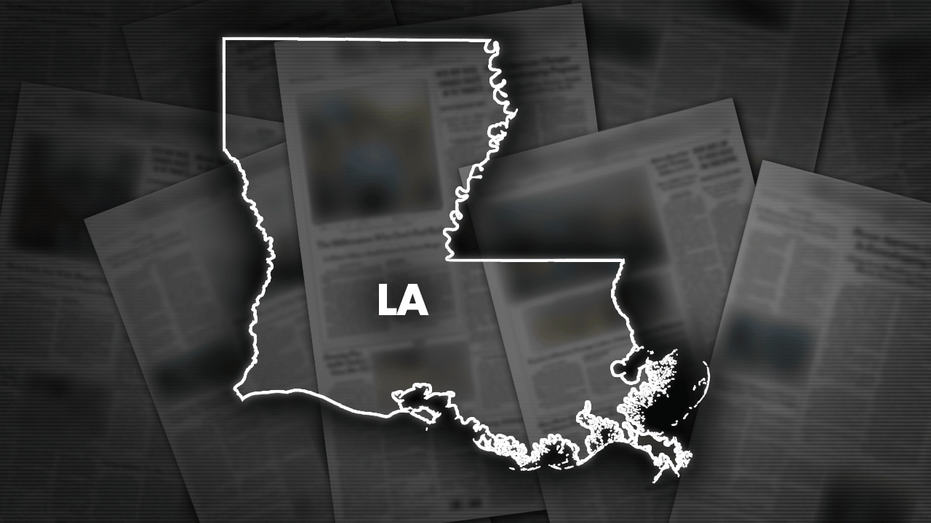Federal judges who recently threw out a congressional election map giving Louisiana a second mostly Black district said Tuesday the state Legislature must pass a new map by June 3 or face having the panel impose one on the state.
The order from a panel of two federal district judges and an appellate judge noted that they would begin work on a remedial plan while giving lawmakers a chance to come up with a plan.
State lawmakers are meeting in Baton Rouge in a regular session that will end by June 3.
NEW MAJORITY-BLACK LOUISIANA HOUSE DISTRICT REJECTED, NOVEMBER ELECTION MAP STILL UNCERTAIN
“To be clear, the fact that the Court is proceeding with the remedial phase of this case does not foreclose the Louisiana Legislature from exercising its ‘sovereign interest’ by drawing a legally compliant map,” the judges wrote.
Whatever comes out of the court could impact the makeup of the next U.S. Congress. Given voting patterns, a new mostly Black district would give Democrats the chance to capture another House seat. The map that was recently tossed converted District 6, represented by Republican Rep. Garret Graves, into a mostly Black district. Democratic state Sen. Cleo Fields, a former congressman who is Black, had said he would run for the seat.
U.S. District Judges David Joseph and Robert Summerhays, both of whom were nominated to the bench by former President Donald Trump, said the newest map violated the Equal Protection Clause of the 14th Amendment because “race was the predominate factor” driving its creation.
Tuesday’s order is the latest development in a seesaw court battle that has taken place in two federal court districts and an appeals court.
The state currently has five white Republican U.S. House members and one Black member who is a Democrat. All were elected most recently under a map the Legislature drew up in 2022.
A federal judge in Baton Rouge blocked subsequent use of the 2022 map, saying it likely violated the federal Voting Rights Act by dividing many of the state’s Black residents — about a third of the population — among five districts. A federal appeals court gave lawmakers a deadline earlier this year to act. The Legislature responded with a map creating a new district crossing the state diagonally and linking Black populations from Shreveport in the northwest, Alexandria in the center and Lafayette and Baton Rouge in the south.
A group of self-identified non-African American voters filed suit against that map, saying it was unconstitutionally drawn up with race as the main factor. That suit was filed in western Louisiana. A three-judge panel heard arguments in that case and ruled 2-1 against the map. The same panel issued Tuesday’s ruling.
The Louisiana Secretary of State’s Office has said it needs a map in place by May 15 to prepare for the fall elections. The judges noted testimony, however, that the office could be prepared if maps were in place by the end of May. The candidate sign-up period is in mid-July.




